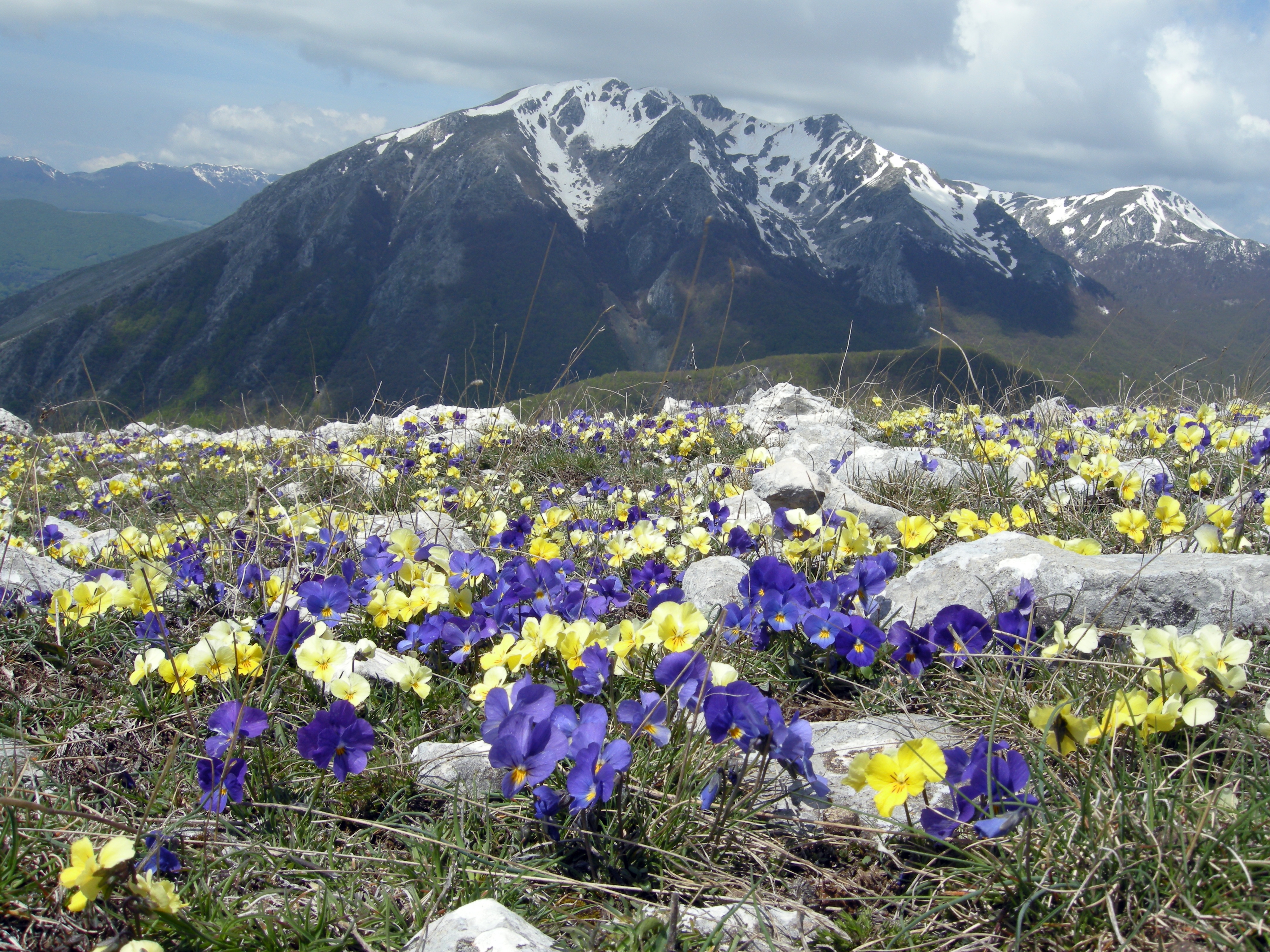
 We the Italians Editorial Staff
We the Italians Editorial Staff
Italian territories: Marsica, a land of history, nature, and heritage in the heart of Abruzzo
- WTI Magazine #189 Jul 12, 2025
-

 We the Italians Editorial Staff
We the Italians Editorial Staff
Nestled in the interior of the Abruzzo region, Marsica is a historically rich area named after the ancient Italic people known as the Marsi, who inhabited the region as far back as the first millennium BCE. This mountainous zone was once centered around Lake Fucino and its surrounding lands. The name "Marsica" comes from the Latin adjective Marsicus, meaning "of the Marsi."
Geographically, Marsica lies along the western edge of Abruzzo, bordering the Lazio region. It stretches across the Fucino Basin and extends into the Roveto Valley, the Carsoli Plateau, and areas near the Abruzzo, Lazio, and Molise National Park. The region includes 37 municipalities within the province of L'Aquila, with Avezzano serving as the largest town and population center—home to over 126,000 residents in total.
Covering about 1,906 square kilometers, Marsica is a region of varied terrain. Its main flatlands include the expansive Fucino Basin (140 km²), the Palentini Plains (60 km²), and the smaller Cavaliere Plain. Towering above it all is Mount Velino, the highest peak in the area, which reaches 2,487 meters (8,159 feet) above sea level.
The landscape of Marsica is framed by the Apennine mountain ranges. To the south lie the Marsicani Mountains; to the northeast, the Velino-Sirente range; to the northwest, the Carseolani Mountains; and to the west, the Simbruini-Ernici chain. The region’s three broad valleys—the Fucino, the Palentini Plains, and the Cavaliere Plain—form its geographic backbone. The area is also traversed by the Giovenco River, which feeds into the Liri-Garigliano and Volturno river basins.
Marsica is home to an exceptional concentration of protected natural areas and reserves. The southern part includes the Abruzzo, Lazio, and Molise National Park, which contains centuries-old beech forests now recognized by UNESCO as World Heritage Sites. To the southwest lies the Zompo lo Schioppo Nature Reserve. The east hosts the Sirente-Velino Regional Park, while the Monte Velino Nature Reserve stretches across the northeast. In the west, the Monte Salviano Reserve offers breathtaking views, and on the northwest frontier, near the Simbruini Mountains, lie the Pietrasecca Caves and the Grotte di Luppa Nature Reserve.
One of Europe’s largest and most untouched beech forests is located in western Marsica, with primary access points in the mountainous areas around Cappadocia, Pereto, and Tagliacozzo. These ancient woods are home to iconic wildlife species like the Marsican brown bear—a rare bear subspecies found only in this region—and the Apennine wolf.
Beyond nature, Marsica boasts a remarkable architectural and cultural heritage. The region is dotted with stunning religious structures, including sanctuaries, hermitages, convents, and chapels. It also preserves examples of medieval military architecture such as towers and castles, as well as elegant civic buildings, palaces, and villas. Scattered throughout the countryside are archaeological sites that tell the story of Marsica’s long and complex history.
In 2017, five sections of ancient beech forest—spanning over 1,000 hectares across the municipalities of Lecce nei Marsi (Selva Moricento), Opi (Cacciagrande and Valle Jancino in Val Fondillo), Pescasseroli (Coppo del Principe and Coppo del Morto), and Villavallelonga (Val Cervara)—were declared a UNESCO World Heritage Site. Some of these forests are estimated to be over 560 years old. This marked Abruzzo’s first UNESCO natural heritage designation and brought global attention to the region’s environmental and ecological importance.
Marsica has also made its mark in the literary world. Nearly all of the stories and novels written by famed author Ignazio Silone are set in this region. Between 1946 and 1963, Silone received ten nominations for the Nobel Prize in Literature, and his deep connection to Marsica shaped much of his work, which explored themes of identity, poverty, and justice in the Italian countryside.
From its ancient tribal roots to its stunning alpine landscapes and rich cultural history, Marsica is a hidden gem in central Italy—an enduring blend of nature, tradition, and heritage that continues to inspire all who visit.